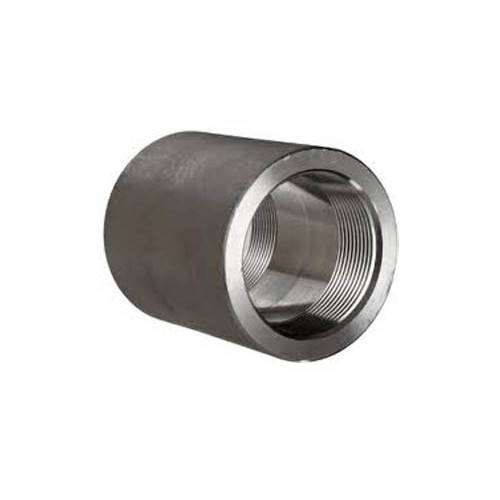Threaded full couplings are essential components in piping systems, crucial in connecting and joining pipes. This comprehensive guide explores the characteristics of threaded full couplings, their applications, installation, and maintenance.
Introduction to Threaded Full Couplings
Threaded full couplings are fittings designed to connect two threaded pipes of the same size and configuration. They have two internally threaded ends, allowing a secure and tight connection between pipes. These couplings are commonly used in various industries, including plumbing, oil and gas, chemical processing, and more.
Characteristics and Materials
Materials:
Threaded full couplings are available in various materials, each selected based on the application’s specific requirements. Common materials include stainless steel, carbon steel, brass, and alloy steel. The choice of material depends on factors such as the type of fluid being transported, environmental conditions, and corrosion resistance.
Design:
These couplings are designed with precision threads to ensure a reliable and leak-free connection. The threads are typically tapered (NPT – National Pipe Thread) to create a tight seal when assembled. The design also allows for easy installation and disassembly without special tools.
Applications of Threaded Full Couplings
General Piping:
Threaded full couplings are widely used in general piping systems to connect pipes of the same size. They find applications in water supply, HVAC systems, and other plumbing installations.
Oil and Gas Industry:
In the oil and gas, threaded full couplings connect pipes in drilling operations, pipelines, and refineries. Their robust design ensures durability and reliability in challenging environments.
Chemical Processing:
Threaded couplings are suitable for chemical processing plants where resistance to corrosion and chemical reactions is essential. The choice of material is crucial to prevent reactions with the transported chemicals.
Installation Guidelines
Preparation:
Ensure that the pipes to be connected are clean, free of debris, and have smooth, undamaged threads. Apply a thread sealant or Teflon tape to the male threads to enhance the sealing properties.
Assembly:
Hand-tighten the threaded full coupling onto one of the pipes until snug. Use a pipe wrench to tighten the coupling further, ensuring a secure and leak-free connection. Be cautious not to overtighten, which may damage the threads.
Inspection:
After assembly, visually inspect the connection for any signs of leakage. Conduct a pressure test if required by industry standards or specific applications.
Maintenance and Troubleshooting
Regular Inspections:
Periodic inspections of threaded connections are essential to identify any signs of wear, corrosion, or leaks. Addressing issues can prevent more significant problems in the future.
Thread Repair:
In the event of damaged threads, use a thread repair kit to restore the connection. Rethread the pipe and apply a thread sealant during reassembly.
Conclusion
Threaded full couplings are integral components in piping systems, offering a reliable means of connecting pipes in various industries. Understanding their characteristics, materials, applications, and proper installation procedures is crucial for ensuring efficient and leak-free piping systems. Regular maintenance and timely troubleshooting contribute to the longevity and reliability of threaded connections, ultimately supporting the overall functionality of the piping infrastructure.







